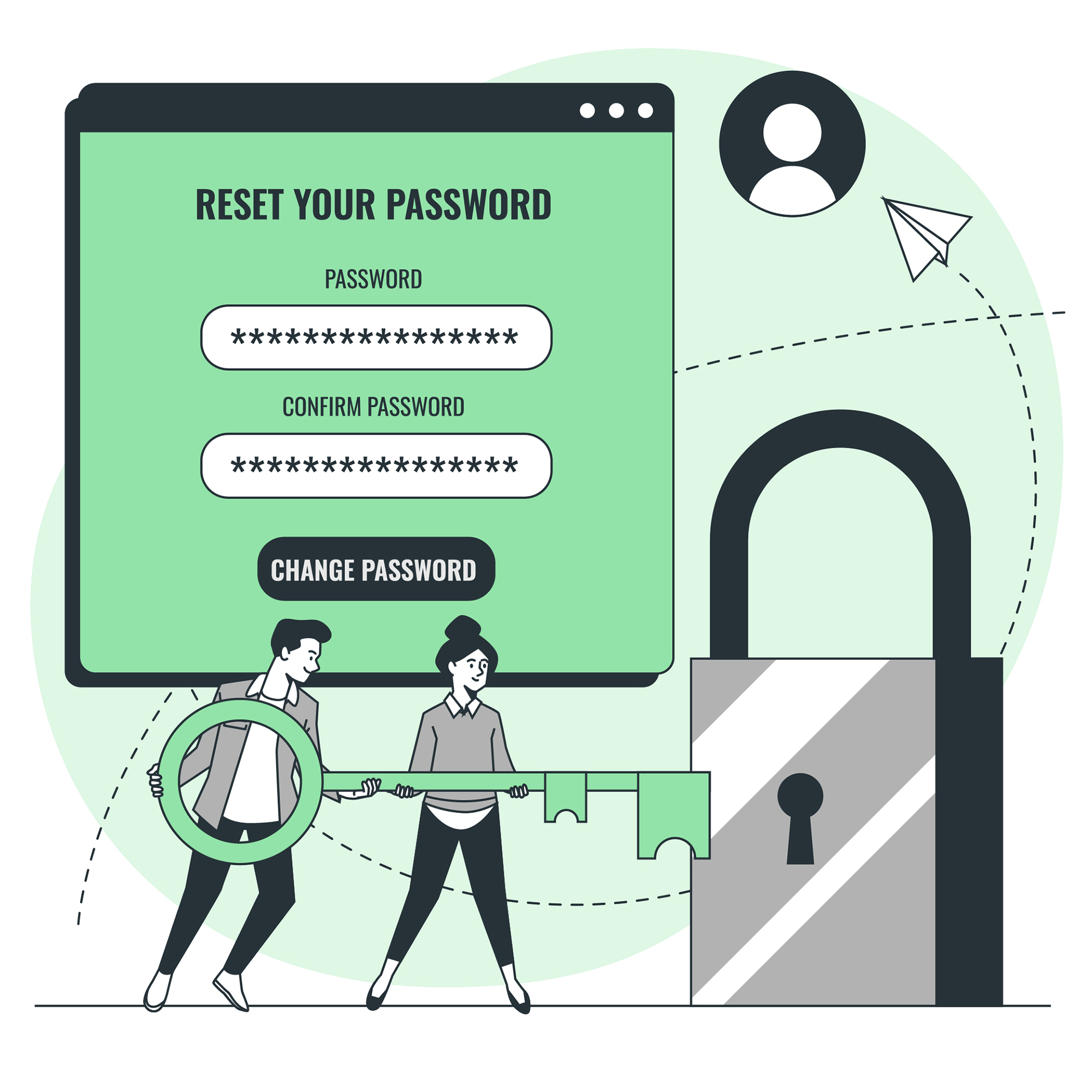Creating Strong, Secure Passwords
Creating strong, secure passwords is essential for protecting your online accounts and data. Unfortunately, many people don’t take the time to create strong passwords, leaving them vulnerable to hackers and other cyber criminals. To help you stay safe online, here are 10 best practices for creating strong, secure passwords.
Understand Password Complexity
The first step in creating a strong password is to understand password complexity. A complex password should contain a combination of upper and lowercase letters, numbers, and special characters. The more complex the password, the harder it will be for hackers to guess.
Use a Password Manager
Using a password manager is one of the best ways to keep track of your passwords. A password manager stores all of your passwords in an encrypted database, making it easy to access them when needed. It also eliminates the need to remember multiple passwords, which can be difficult to do.
Don’t Reuse Passwords
Another important practice is to avoid reusing passwords. Reusing the same password for multiple accounts makes it easier for hackers to gain access to your accounts. Instead, create unique passwords for each account and use a password manager to keep track of them.
Create Long Passwords
Creating long passwords is another important practice. Longer passwords are much harder to guess than shorter ones, so try to create passwords that are at least 8 characters long. The longer the password, the better.
Utilize Special Characters
Using special characters in your passwords is another good practice. Special characters, such as punctuation marks and symbols, make it harder for hackers to guess your passwords. Try to use at least one special character in each password you create.
Avoid Personal Information
When creating passwords, it is important to avoid using personal information. Never use your name, address, phone number, or other personal information in your passwords. This information can be easily guessed by hackers, so it is best to avoid it altogether.
Change Passwords Regularly
Changing your passwords regularly is another important practice. It is recommended to change your passwords at least once every three months to ensure that your accounts remain secure.
Don’t Share Passwords
Never share your passwords with anyone. Sharing your passwords can put your accounts at risk, as the person you share them with could easily gain access to your accounts.
Use Two-Factor Authentication
Using two-factor authentication is another good practice. Two-factor authentication adds an extra layer of security to your accounts by requiring you to enter a code sent to your phone or email address in addition to your password.
Consider a Password Generator
Finally, consider using a password generator. Password generators create secure, random passwords that are difficult for hackers to guess. They can be a great way to create strong passwords without having to remember them.
Summing up 10 Best Practices for Creating Strong, Secure Passwords
Creating strong, secure passwords is essential for protecting your online accounts and data. To help you stay safe online, it is important to understand password complexity, use a password manager, avoid reusing passwords, create long passwords, utilize special characters, avoid personal information, change passwords regularly, don’t share passwords, use two-factor authentication, and consider a password generator. Following these best practices will help keep your accounts and data safe from hackers and other cyber criminals.




![Crafting Unforgettable Passwords: A Guide for Developers A string of random characters typically has higher entropy compared to a few common words due to the vast number of possible combinations. For example, a 10-character lowercase password has roughly the same entropy as a 4-word passphrase picked from a 5000-word dictionary [5].](https://passwordclinic.com/wp-content/uploads/2024/06/automation-section-3-150x150.webp)




![A string of random characters typically has higher entropy compared to a few common words due to the vast number of possible combinations. For example, a 10-character lowercase password has roughly the same entropy as a 4-word passphrase picked from a 5000-word dictionary [5].](https://passwordclinic.com/wp-content/uploads/2024/06/automation-section-3.webp)

